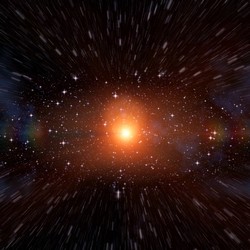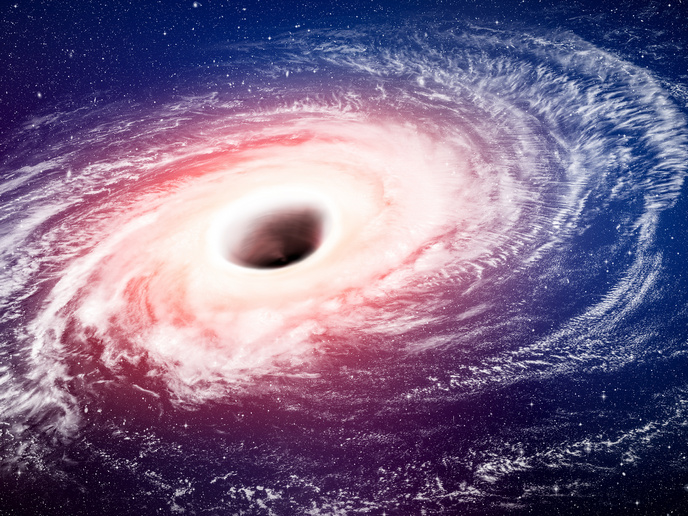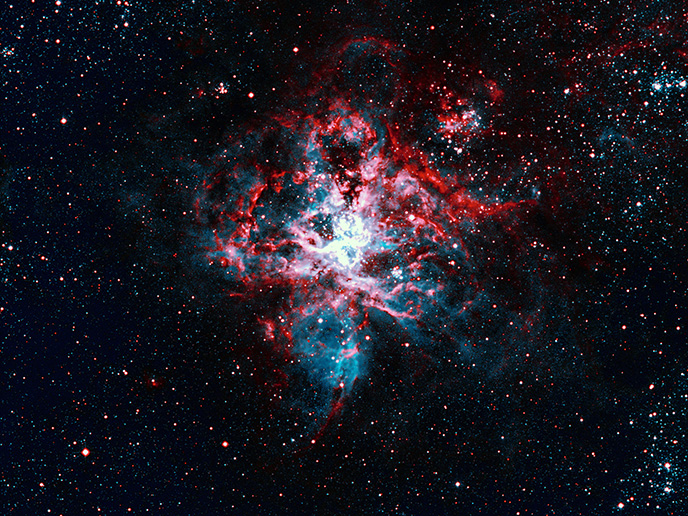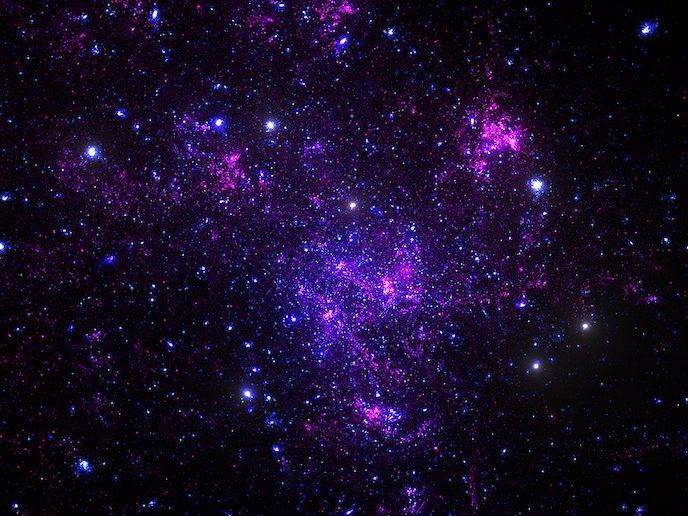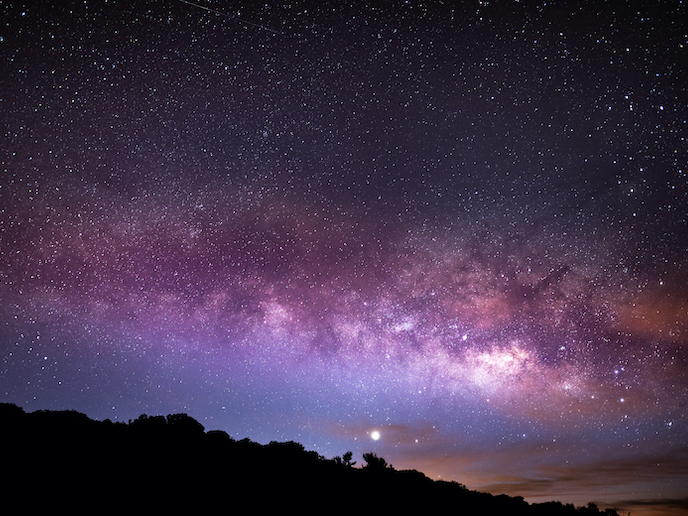The secrets of young and dying stars
Stars spend most of their lifetime in what is called the main sequence. In this state of hydrostatic equilibrium, nuclear fusion inside the stars counterbalances gravitational forces, preventing them from imploding. Once nuclear fuel has been consumed within the core, the stellar structures adjust to maintain equilibrium. Stars with masses close to the sun grow into giant stars with high mass-loss rates. After they have expelled most of their material, the remnants can ionise the star core. The ionised envelope looks similar to giant gas planets, earning them the name ‘planetary nebula’. The Boomerang nebula was the target of the EU-funded MAGNETIC AGB (Illuminating the role of magnetic fields around dying stars) project. Besides this pre-planetary nebula, astronomers sought to improve our understanding of the massive outflow of R Sculptoris, an asymptotic giant branch (AGB) dying star. Red giant stars like R Sculptoris are major contributors to the dust and gas that provide raw materials for the formation of future generations of stars. Through observations, the MAGNETIC AGB team showed that magnetic fields have a central role to play in star formation. Specifically, they found a new molecular probe of energetic outflows that arise at the end of stellar life. Direct detection of synchrotron emission from a stellar jet has also offered evidence that magnetic fields are directly involved in collimating the outflows that shape stellar ejecta. Synchrotron radiation is commonly detected in relativistic jets emerging from astrophysical sources such as active galactic nuclei and quasars. The mechanism that underlies synchrotron emission involves interaction between relativistic particles moving in a region controlled by a magnetic field. The observations of a synchrotron jet from beyond the AGB star suggest that magnetic launching and collimation is a common feature. The observational findings were supported by magnetohydrodynamical simulations. MAGNETIC AGB offered unambiguous proof that magnetic fields are key to explaining the asymmetries observed in protostars and young planetary nebulas. However, the source of stellar magnetic fields remains unclear and will be the subject of further research.
Keywords
Dying star, MAGNETIC AGB, star formation, synchrotron emission, stellar ejecta



